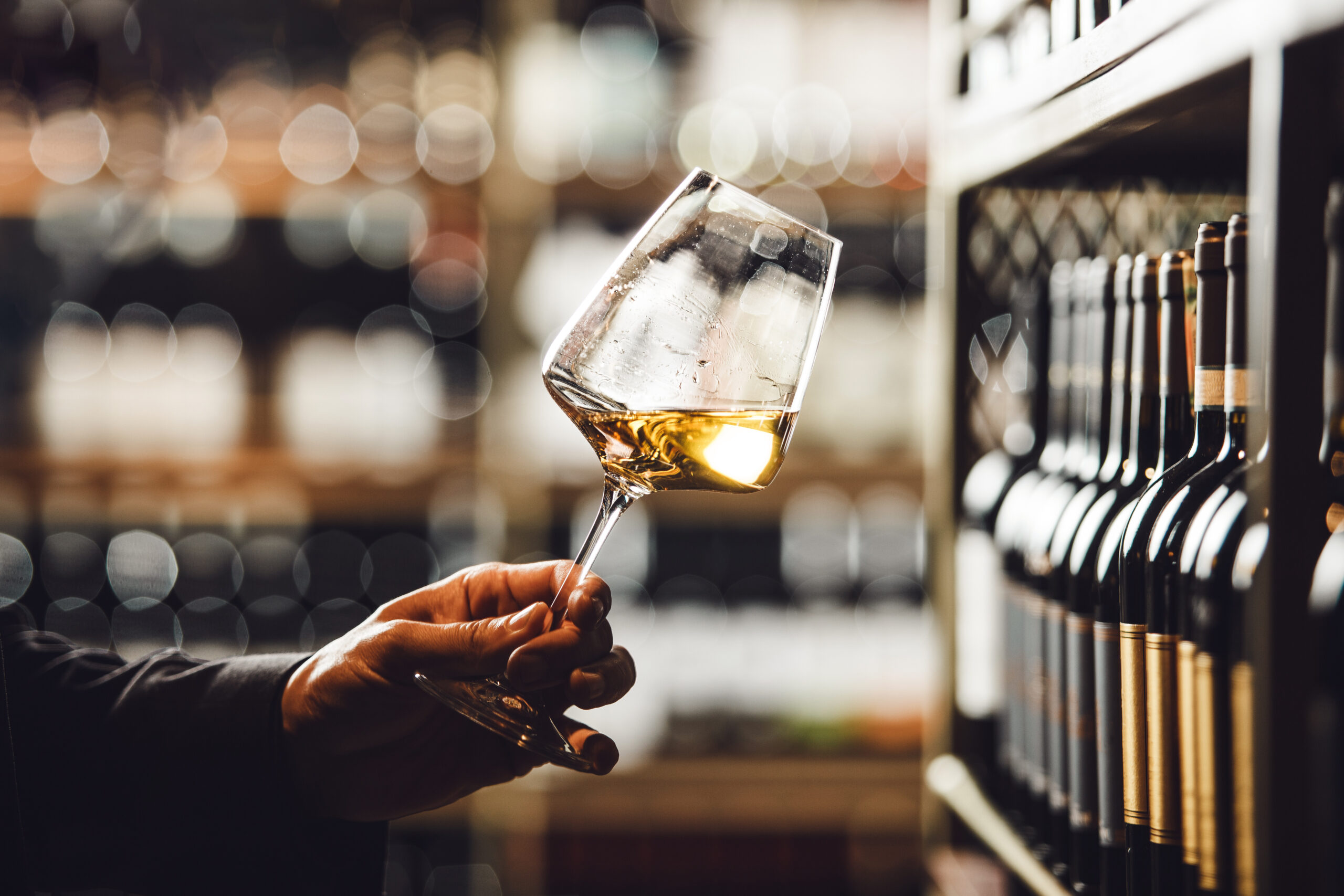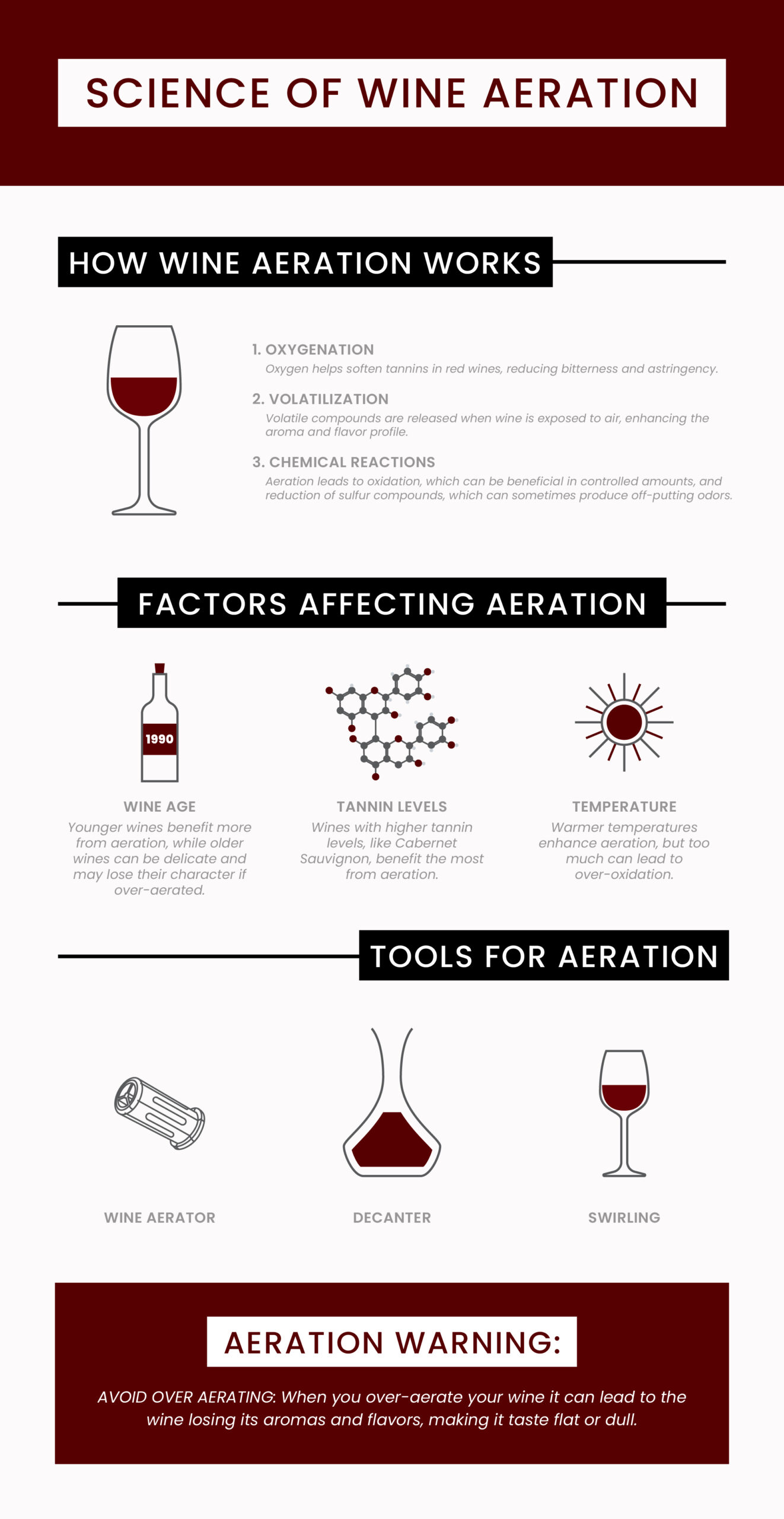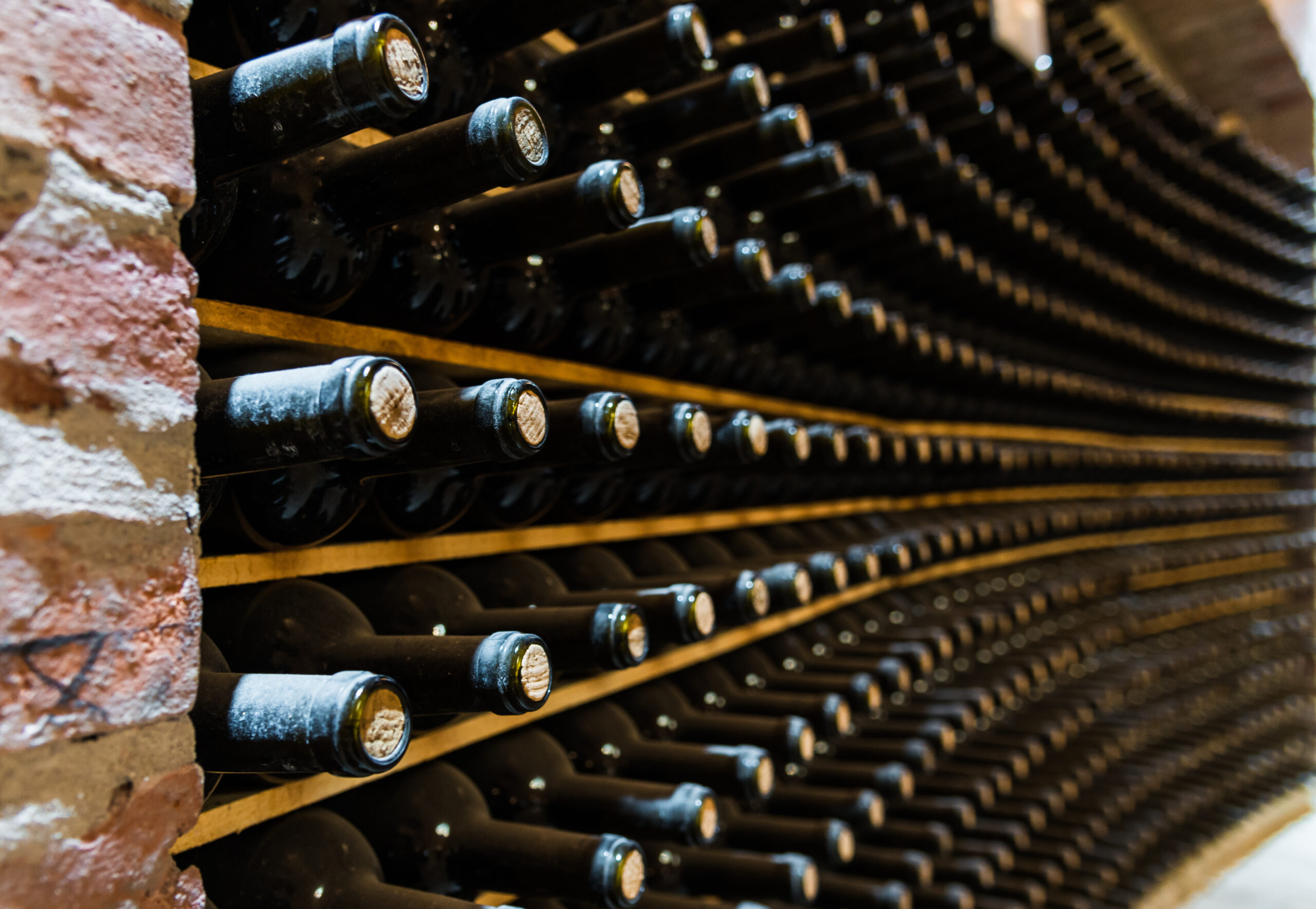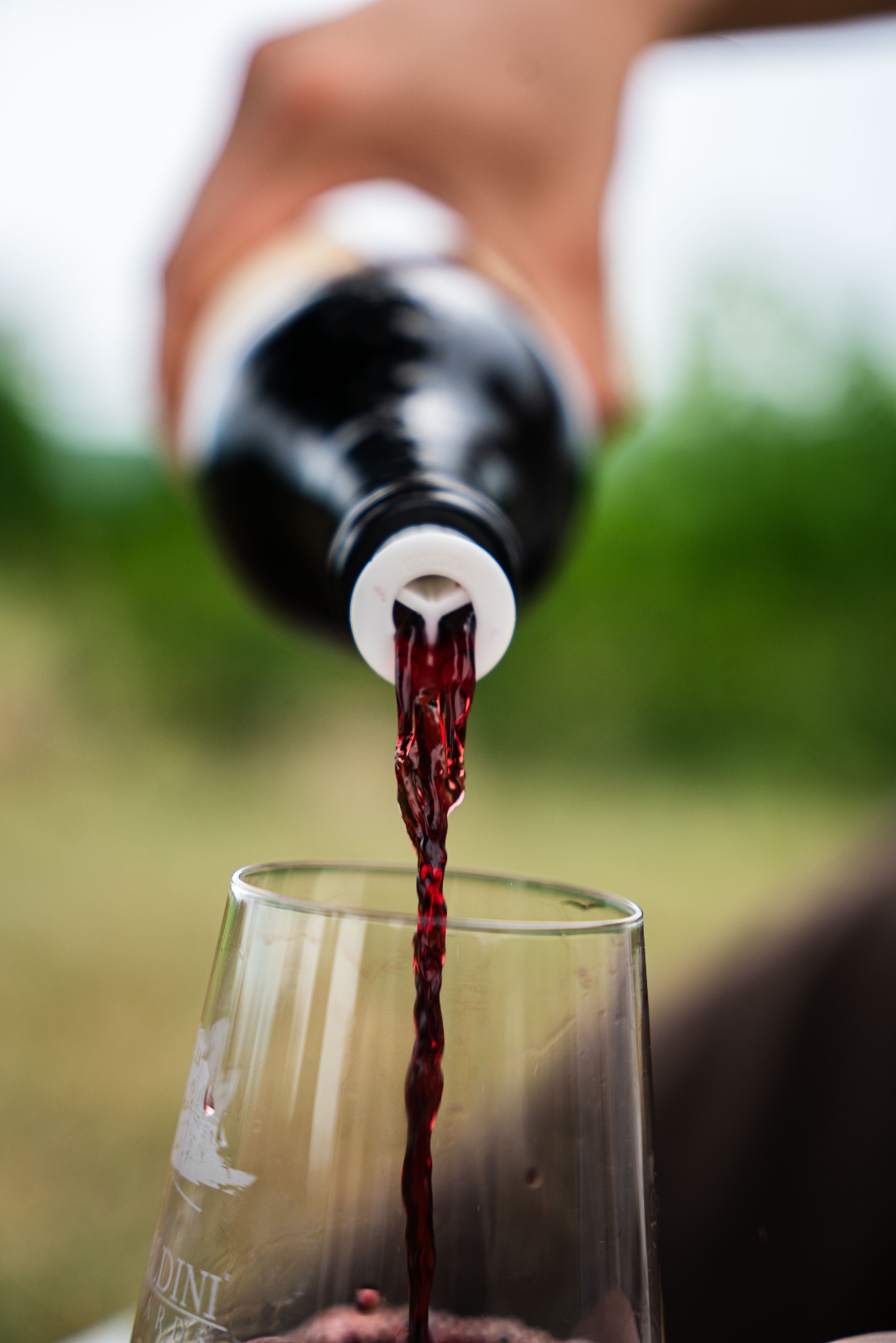- The Science of Wine Aeration
- How Wine Aeration Works
- Oxygenation
- Volatilization
- Oxidation
- Factors Affecting Aeration
- Wine Age
- Tannin Levels
- Temperature
- Tools for Wine Aeration
- Wine Aerators
- Decanters
- Swirling
- Aeration Warning: Avoid Over-Aeration
- Why Choose Taszaerator® Pro
- Frequently Asked Questions
The Science of Wine Aeration: How It Works and Why It Matters

The Science of Wine Aeration: How It Works and Why It Matters
Have you ever been advised to let your wine “breathe” before drinking it? If so, perhaps you thought it was just an expression or an old wives’ tale. On the contrary, allowing your wine to breathe is an important step in the process of getting it to taste as delicious as it’s meant to. But what exactly does wine aeration entail?
Wine aeration refers to the process of exposing wine to air so it can trigger oxygenation and evaporation. Both are crucial processes that impact everything from the wine’s aroma to its unique flavor. Here is a closer look at the science of wine aeration and why it matters.
How Wine Aeration Works
Wine aeration relies on a few crucial chemical processes.
Oxygenation
Oxygenation begins the moment you introduce the wine to air. Oxygenation especially matters for red wines because they contain tannins, chemical compounds that have a bitter taste and are often the culprits behind wine-induced headaches.
The oxygenation process helps to soften these tannins to balance the wine’s flavor and aroma. Astringent flavors tend to fade, allowing the richness of the wine to come through. It’s not just red wines, either. Chardonnay and other oak-fermented whites can also benefit from oxygenation.
Volatilization
When the wine gets exposed to air, volatile compounds are released, leaving just the warm flavors behind. Without the aeration process, you’d be puckering your lips with every Cabernet Sauvignon sip you took.
Oxidation
The terms oxidation and oxygenation are often used interchangeably in wine aeration, however when breaking down the science of wine aeration they refer to two distinct processes critical to enjoying wine.
When you allow wine to be exposed to air, you begin the process of oxidation. Oxidation assists in reducing the sulfite compounds, which can sometimes give the wine an unpleasant odor, as well as the ethanol compounds. Wines like Syrahs and Cabernet Sauvignons can benefit most from extended oxidation.
Keep in mind that oxidation is only helpful to a point. When you have too much of it, you risk negatively affecting the wine’s taste.
Factors Affecting Aeration
Aeration doesn’t offer the same results in all wine types. A number of factors, including the following, can impact the results you get.
Wine Age
The older the wine is, the more careful you have to be when aerating it. Older wines have more delicate flavors and could lose their flavor profiles if aerated too long. Younger wines like Chardonnay, Sauvignon Blanc, and Pinot Grigio can all benefit from aeration, however. Make sure to check the vintage before deciding how long to aerate.
Tannin Levels
Wines that have high tannin levels benefit the most from aeration. The process can help balance out the flavors, making the wine more enjoyable. Some wines with high tannin levels include Cabernet Sauvignon, Nebbiolo, Malbec, and Montepulciano.
Temperature
To maximize the aeration process, the wine has to be at the right temperature. Warmer temperatures are best, but too warm can be detrimental to the flavor. That causes over-oxidation, which can be a particular issue with some lighter white wines, like Riesling and Sauvignon Blanc.

Tools for Wine Aeration
If you’re worried about aerating your wine properly, there are tools available to aid you. These solutions can help you achieve the level of aeration you want.
Wine Aerators
Wine aerators are one option. These aerators can be in-bottle, attached to the end of the wine bottle, sit on the wine glass, and aerate the wine while you pour it. It accelerates the process and allows you to pour the wine right into your glass.
Decanters
You can also opt for decanters, which are large glass containers that look almost like flower vases. They’re big enough to pour an entire wine bottle into and have a wide bottom that maximizes aeration.
Swirling
Swirling your glass and moving the wine introduces more air and allows for some of the less pleasant compounds to evaporate. It’s a fast way to aerate your wine.
Aeration Warning: Avoid Over-Aeration
If you aerate wine for too long, it can lose all of its fruitiness and rich flavor, becoming dull and flat-tasting. Overaeration can happen inadvertently with faulty corks. Over time, you can end up with vinegar instead of the rich beverage you started with.
Why Choose Taszaerator® Pro In-Bottle Wine Aerator
With Taszaerator® Pro, you can enjoy an in-bottle aerator that allows you to quickly and conveniently aerate your wine as you pour. To do so, the device funnels the wine through three pathways, increasing the amount of the liquid it comes into contact with.
The Taszaerator® Pro is a portable device that’s about the size of a cork. You can use it time and again. It’s simple to clean because it’s dishwasher-safe, and it’s fully recyclable.
It doesn’t matter whether you want to ensure the wine you serve during a dinner party stands out or your goal is to easily enjoy a glass of wine at an outdoor event. With the Taszaerator® Pro, you can do it all.
Enhance Your Wine Experience With the Taszaerator® Pro
Letting wine breathe isn’t just an expression — it’s a way to make the experience of sipping your favorite vintage even more enjoyable. By allowing the wine to come into contact with oxygen, necessary chemical processes can help reduce sulfites and tannins, improving the taste and scent.
With the Taszaerator® Pro, you get all of the incredible benefits of wine aeration without any hassle. There’s no need for decanters or to learn how to perfectly swirl your glass. Try the Taszaerator® Pro and unleash your wine’s full potential.




